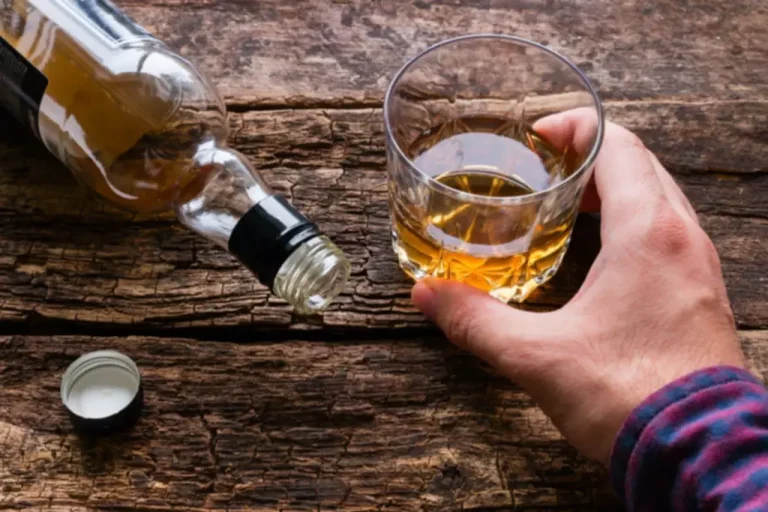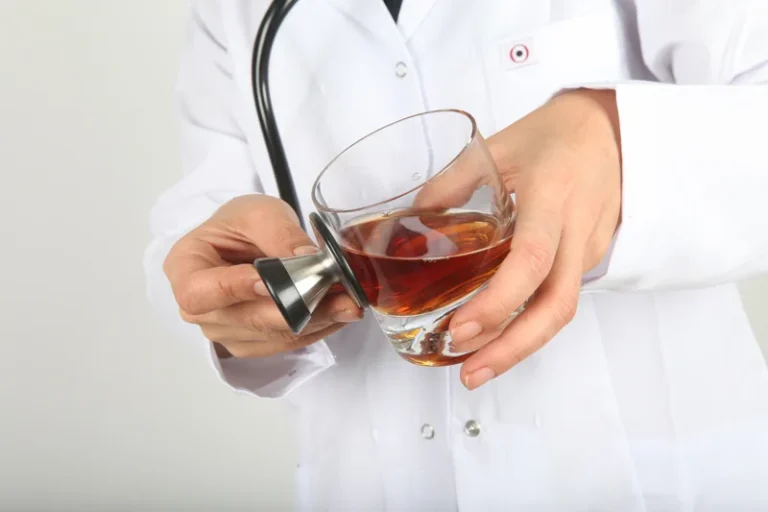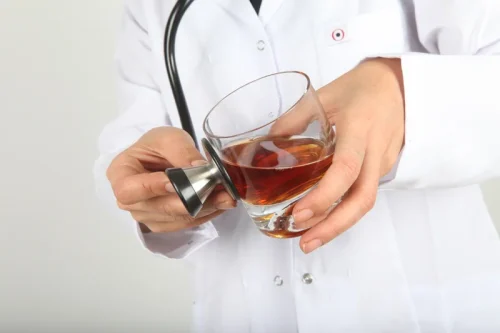
Examining multiple peer relationships and mechanisms of social influence in the same analyses indicates both who is important for alcohol use and how they are important. Prevalence of current alcohol use and binge drinking in adolescents aged 15 to 19. In this data, binge drinking was defined as 60+ grams of pure teenage alcoholism alcohol (~4 standard US drinks) on at least one occasion per month (33).
Relationship Among Adolescent Risk-Taking, Brain Plasticity, and Drinking
Looking back at my adolescence, I would have been intrigued to know about my brain’s continued transformation, and the effects that my alcohol consumption could have on its wiring. I don’t expect that I would have been teetotal – I still drink today, after all, despite knowing the long-term health risks – but I might have thought twice before buying an extra round. The adolescents’ lean frame is also characterised by a higher head-to-body ratio.
- Information about a therapy, service, product or treatment does not in any way endorse or support such therapy, service, product or treatment and is not intended to replace advice from your doctor or other registered health professional.
- Selection into friendships and romantic partnerships may partially account for any associations between peers’ behaviors/ attitudes/ unstructured socializing and individuals’ alcohol use (e.g., Brechwald & Prinstein, 2011; Kreager & Haynie, 2011; Rhule-Louie & McMahon, 2007).
- The aim of this review is to therefore provide an update on the growing literature by summarizing the neural and cognitive consequences of varying patterns of alcohol use during adolescence, from prospective longitudinal studies in humans, rodents and non-human primates.
- We can help you determine the next steps and if ateen alcohol rehabis the right solution for you.
- Therefore, healthcare professionals recommend limiting access to alcohol or other drugs, addressing any risk factors of the youth or family, as well as optimal parental supervision and expression regarding expectations.
- In addition, high school students who drink are alsomore likely to drop out of school.
Typical Adolescent Brain Development

Larger prospective longitudinal studies that are currently underway will help disentangle these complex relationships (48, 78). As noted previously with neurodevelopment trajectories, gender differences are https://ecosoberhouse.com/ also reported in alcohol use estimates. Worldwide estimates of alcohol use also show higher rates of drinking occur among young males than females (33). Parents and teachers can have a huge impact, negatively or positively, on a young person’s view of alcohol.

Here is what the parents of teens can and should do:
The mechanisms underlying neurogenesis disruptions following adolescent alcohol use remains unclear. One suggestion is the suppression of neurotrophins, such as brain-derived neurotrophic factor (BDNF), which is a regulator of the survival and differentiation of newly generated neurons. Adolescent alcohol use appears to decrease BDNF expression in the hippocampus and interrupts neurogenesis (132–135).
Top Alcohol and Teens Related Articles
- Formerly known as alcoholism, alcohol use disorder (AUD) can affect people of all ages.
- In most states and local jurisdictions, use of alcohol by underage individuals is illegal, though there are a few exceptions.
- At The Recovery Village, we are available to confidentially discuss your family’s situation with you, free of charge and with no obligation.
- In 2010, there were 189,000 visits to emergency rooms as a result of underaged alcohol-related injuries.
- Therefore, professionals recommend that the youth be thoroughly educated about the effects and risks of alcohol, that fair but firm limits be set on the use of alcohol, and that the user attend brief counseling, a self-help group, and/or a family support group.
- Taking alcohol with other drugs that also suppress the central nervous system (such as heroin and benzodiazepines) can be particularly risky.
Adolescence is a critical developmental phase involving significant physical, cognitive, emotional, social, and behavioral changes. Cognitive features of adolescence include heightened reward sensitivity, sensation seeking and impulsive action, and diminished self-control to inhibit emotions and behaviors (1, 2). This contributes to the high rates of engagement in risky behaviors, including the initiation and escalation of alcohol use. Adolescent-specific brain developments may predispose young people to be particularly vulnerable to the potentially serious and long-lasting alcohol-related consequences (3). Cross-species findings show comparability in effects of alcohol use on the adolescent brain and behavior, and novel experimental rodent studies on the consequences of alcohol use can guide future work in human adolescents. For instance, researchers are now focused on quantification of various neurochemicals and transmitters in the brain measured through Magnetic Resonance Spectroscopy (MRS; (151).

Plus, get a FREE copy of the Best Diets for Cognitive Fitness.
Squeglia says that, in her public talks on alcohol consumption, members of the audience often raise the question of the “European model of drinking”. In some countries such as France, minors are allowed to have a glass of wine or beer to accompany a family meal. Even outside of Europe many parents believe that slow introduction to alcohol in a controlled context teaches young people to drink safely and reduce binge-drinking later on, whereas restriction leads it to become a tempting “forbidden fruit”. As adolescents mature, they undergo complex developmental changes, especially in their brains.
- In support of this statement, past research on friends and alcohol use has found socialization effects on alcohol use regardless of whether the friendship was reciprocated (Bot, Engels, Knibbe, & Meeus, 2005; Giletta et al., 2012).
- When I began to receive medical attention that night, not only was my blood alcohol content .3 but I was also in the early stages of hypothermia.
- Presently, it is not clear whether neurobiological deficits are the direct results of adolescent alcohol use, irrespective of predispositions, or whether those youth exhibiting vulnerability markers prior to alcohol initiation then experience worse neurobiological outcomes following uptake.
- During this stage, risk-taking behaviors like stealing, engaging in physical fights or driving under the influence of alcohol increase, and they become most vulnerable to having suicidal thoughts.
- Here, longitudinal studies reporting on structural brain changes following alcohol use in adolescence are discussed.
Special Health Reports
Little did I know then that I would have to endure the fight of my life because of this drink that I loved so much. I decided to quit for good after I went to the hospital for the fourth time due to alcohol poisoning. It quickly becomes downright terrifying when, in the mix of it all, a child – a tiny being with a soul and real energy, but a lack of the wisdom of age and a lack of a fully developed pre-frontal lobe – starts using controlled substances. Get professional help from an online addiction and mental health counselor from BetterHelp. Know where and how to get treatment and other support services and resources, including counseling or therapy (in person or through telehealth services).

The fact that individuals may have had different romantic partners and friends at each wave of data collection increases the possibility of selection bias. Although some statistical tools can help distinguish selection and influence processes with longitudinal social network data (e.g., SIENA; Steglich, Snijders, & West, 2006), we were unable to use these tools because of the sparseness of romantic connections within the networks. Without accounting for selection effects, estimates of friends’, partners’, and partners’ friends’ influence may be inflated. Thus, although theoretical discussions about peers’ behavior, attitudes, and unstructured socializing propose that these are mechanisms of social influence, the present research does not offer concrete evidence that these mechanisms are responsible for changes in adolescents’ alcohol use. For addressing friends’ and partners’ friends’ influence on drunkenness, our results suggest that focusing on these peers’ alcohol-related behavior (including frequency of drunkenness and unstructured socializing), rather than alcohol-related attitudes, may be beneficial. However, for romantic partners’ influence on drunkenness, addressing how attitudes may influence alcohol use may be key to intervention success.
Understanding such neurochemical changes could help us better understand the neurobiological effects of substance use, the mechanisms of change, and alterations incurred through psychotherapy or pharmacological treatment. Repeated exposure to alcohol during adolescence also induces long-lasting neural and behavioural changes via the induction of neuroinflammation. Alcohol stimulates the release of innate pro-inflammatory cytokines that can disrupt synaptic plasticity and lead to neuropathology and cell death (136, 137). Studies including male and female mice demonstrate that females are more vulnerable than males to the neuroinflammatory effects of alcohol (138). Rodent studies have examined ways to reduce neuroinflammation caused from adolescent alcohol use.
And don’t worry—even if you do identify symptoms, there are steps you can take to reduce the risk of AUD and other alcohol-related consequences. If you need suicide- or mental health-related crisis support, or are worried about someone else, please call or text the 988 Suicide and Crisis Lifeline or chat with Lifeline to connect with a trained crisis counselor. Alcohol overdose occurs when there is so much alcohol in the bloodstream that the areas of the brain controlling basic life-support systems—such as breathing, heart rate, and temperature control—begin to shut down. Teens who have progressed to the more advanced stages of alcoholism are typically treated intensively, using a combination of the medical, individual, and familial interventions already described.